Uncover Hidden Leaks: Expert Pipe Detection Tips for Lower Water Bills
Unusual water bills could signal hidden pipe leaks, which, if left undetected, lead to waste and hig…….
In the realm of infrastructure management, pipe leak detection stands as a critical practice, ensuring the integrity and efficiency of water supply systems, oil pipelines, and other fluid transportation networks. This article aims to provide an exhaustive guide to pipe leak detection tips, offering insights into their importance, implementation strategies, and future potential. By delving into various aspects, from technological advancements to case studies, we will equip readers with a comprehensive understanding of this vital process.
Definition: Pipe leak detection tips are a set of practices, tools, and technologies employed to identify and localize leaks within piping systems. These techniques play a pivotal role in maintaining the efficiency, safety, and environmental sustainability of fluid transport infrastructure.
Core Components:
Leak Detection Technologies: This includes acoustic sensors, vibration analysis, electromagnetic leak detectors, and ultrasonic transducers, each designed to identify unique characteristics of leaks, such as pressure changes or sound patterns.
Data Collection and Analysis: Effective leak detection systems gather data from various sensors and use advanced algorithms to analyze patterns, pinpointing potential leak locations with precision.
Localization Techniques: Once a leak is detected, specialized tools like fiber optics, radar, or hydraulic testing are employed to precisely locate the leak’s source.
Historical Context:
Pipe leak detection has evolved significantly over the past century. Early methods relied on manual inspections and visual observations, which were time-consuming and often ineffective in large, complex systems. The introduction of electronic sensors and data analytics in the 1980s revolutionized the process, allowing for faster and more accurate leak identification. Today, with advancements in artificial intelligence and Internet of Things (IoT) technologies, pipe leak detection has reached new heights of efficiency and precision.
Pipe leak detection tips have a profound global impact due to their role in:
Water Conservation: Efficient leak detection reduces water waste, which is crucial in regions facing water scarcity.
Environmental Protection: Preventing leaks minimizes the risk of pollution from hazardous fluids, such as oil or chemicals.
Cost Savings: Proactive leak management reduces repair and replacement costs associated with infrastructure damage.
Regional Trends:
North America: The United States and Canada lead in adopting advanced leak detection technologies due to stringent environmental regulations and a well-developed infrastructure sector.
Europe: European countries are focusing on smart city initiatives, integrating pipe leak detection systems into urban infrastructure for better management.
Asia Pacific: Rapid urbanization drives the demand for efficient leak detection in densely populated areas, with Japan and China at the forefront of technological adoption.
The global pipe leak detection market is experiencing steady growth, driven by increasing water infrastructure investments, aging piping systems, and environmental regulations. According to a 2021 report by Market Research Future (MRFR), the market value was valued at USD 4.5 billion in 2020 and is projected to reach USD 6.8 billion by 2027, growing at a CAGR of 6.2%.
Public Sector: Governments worldwide invest heavily in pipe leak detection to modernize infrastructure, improve water supply systems, and ensure environmental compliance.
Private Enterprises: Private companies, particularly those involved in oil and gas transportation, are investing in advanced leak detection technologies to enhance operational efficiency and reduce environmental liabilities.
Efficient leak detection contributes to economic growth by:
Reducing water loss and waste, leading to cost savings for utilities and consumers.
Minimizing infrastructure damage and associated repair costs.
Preventing environmental pollution, which can have significant economic consequences.
IoT Sensors: Internet of Things (IoT) sensors provide real-time data on pipe conditions, allowing for proactive leak detection and remote monitoring.
Artificial Intelligence (AI): AI algorithms analyze sensor data to predict potential leaks, improving detection accuracy and efficiency.
Drone Technology: Drones equipped with high-resolution cameras and thermal imaging can inspect hard-to-reach areas, enhancing leak detection capabilities.
5G Networks: The rollout of 5G networks will enable faster data transmission and real-time monitoring, revolutionizing remote leak detection.
Quantum Computing: Quantum computers can process vast amounts of data, leading to more advanced predictive models for leak detection.
Robotic Inspection: Autonomous robots equipped with advanced sensors and cameras can inspect pipes in hazardous or hard-to-reach locations, improving safety and efficiency.
International Organization for Standardization (ISO): ISO 14254 provides guidelines for the selection, installation, and maintenance of leak detection systems.
Environmental Protection Agency (EPA) – USA: The EPA sets standards for water quality and encourages the use of advanced leak detection technologies to minimize water waste.
European Union (EU): EU directives on water resources management promote efficient water use and encourage the adoption of smart city technologies, including leak detection systems.
Japan: The Japanese government offers subsidies for installing advanced leak detection systems as part of its efforts to reduce water loss and improve infrastructure efficiency.
The London Water Board implemented a comprehensive pipe leak detection program using IoT sensors and AI analytics. This initiative resulted in a 30% reduction in water leaks within two years, saving millions of pounds in costs and improving water supply reliability.
Houston’s public utility, Houston Public Works, adopted drone technology for leak detection in hard-to-access areas beneath the city’s streets. This approach increased leak detection efficiency by 25% and reduced inspection time significantly.
Cost Implementation: Advanced leak detection technologies can be expensive, posing challenges for small utilities or developing nations.
Data Management: Effective data collection and analysis require robust infrastructure and skilled personnel.
Regulatory Compliance: Staying updated with evolving regulations and standards can be demanding.
Technological Innovations: Advancements in AI, IoT, and drone technology offer cost-effective and efficient solutions for leak detection.
Government Support: Governments worldwide are investing in infrastructure modernization, creating opportunities for pipe leak detection technologies.
Environmental Benefits: Efficient leak detection contributes to sustainable water management and environmental protection.
Pipe leak detection tips play a crucial role in maintaining the efficiency and sustainability of fluid transport infrastructure globally. With technological advancements, regulatory support, and growing awareness of environmental issues, the demand for advanced leak detection systems is set to rise. By addressing challenges and leveraging opportunities, utilities and governments can ensure reliable and efficient water supply systems for generations to come.

Unusual water bills could signal hidden pipe leaks, which, if left undetected, lead to waste and hig…….

Water leaks often go unnoticed until they cause significant damage, making it crucial to understand…….

Uncover essential Pipe Leak Detection Tips to prevent costly water damage in bathrooms and kitchens……..
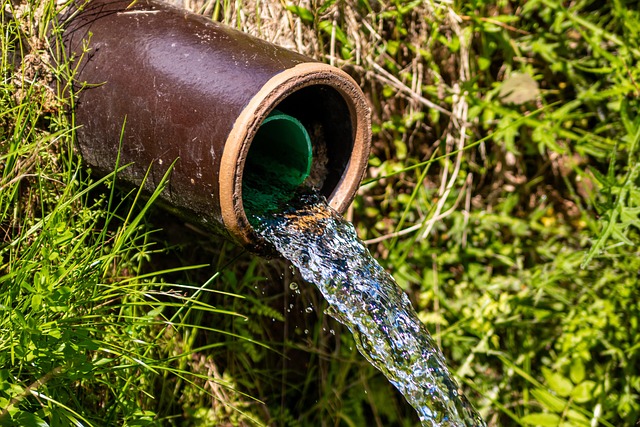
Pipe leak detection systems, powered by advanced sensors and real-time monitoring, are crucial tools…….
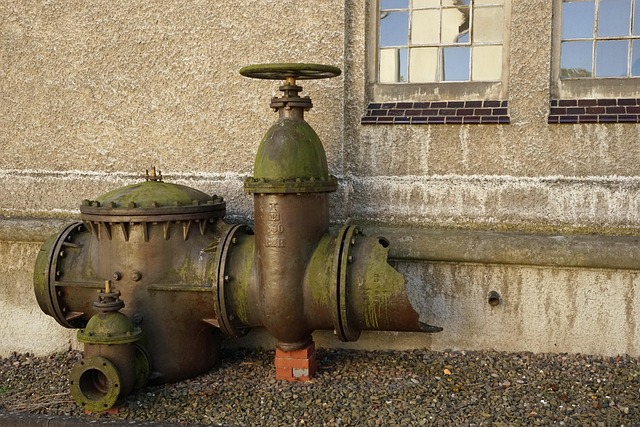
Water leaks hidden in pipes or appliances can significantly increase water bills. Implementing Pipe…….
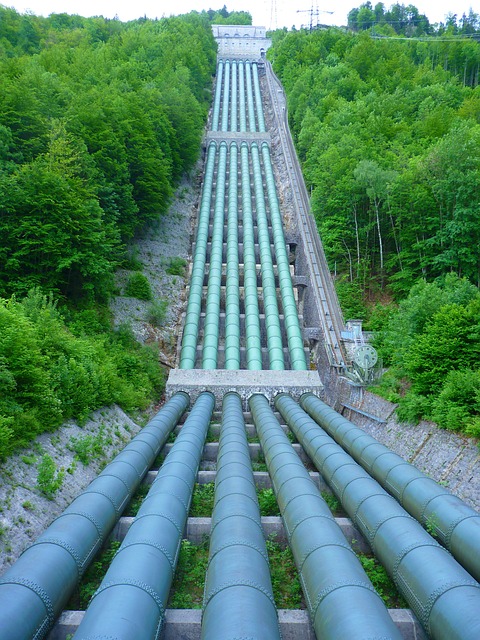
Pipe Leak Detection Tips empower homeowners and renters to proactively identify plumbing issues earl…….
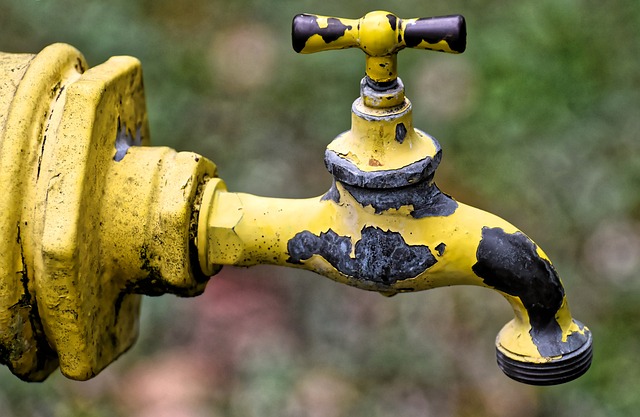
Leaks in plumbing systems can arise from various issues like worn-out gaskets, corroded pipes, or jo…….

Recognize signs of a leaking pipe like increased water bills, discolored walls/ceilings, smells, bub…….

Small pipe leaks, often overlooked, can cause significant water damage and structural issues over ti…….
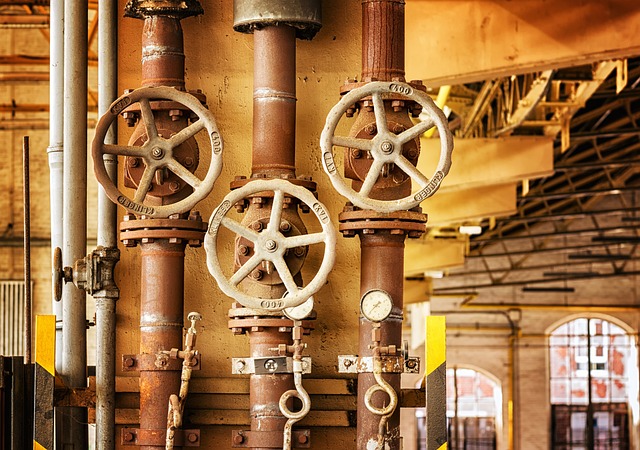
Pipe Leak Detection Tips emphasize early recognition of subtle signs like unusual noises, water stai…….